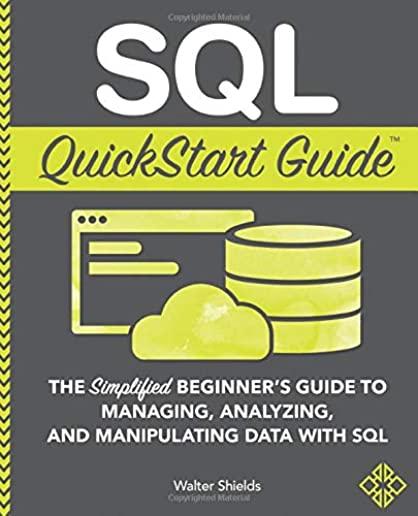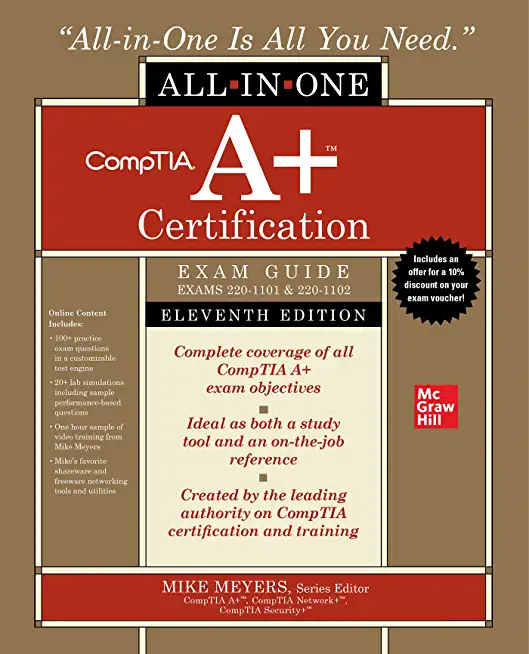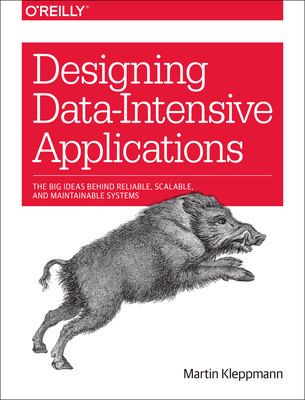Module 1: Networking Security Fundamentals Lesson 1: Introducing Networking Security Concepts
-
Describe information security within the context of risk management and its underlying concepts
-
Explain the motivation behind networking security, describing the business and security environment of organizations today
-
Classify threat vectors according to multiple criteria, in order to define and plan mitigation strategies
-
Analyze and compare design principles and considerations for network security
Lesson 2: Understanding Security Policies Using a Life-Cycle Approach
-
Describe risk management within the context of business and organizational drivers
-
Compare different compliance regulations and describe them as drivers of information security
-
Provide a high-level definition of a security policy along with the benefits of creating a sound policy as part of the life-cycle process
-
Analyze the benefits of using a life-cycle approach to information and network security
-
Describe the assessment phases of the life-cycle approach, comparing and contrasting different methods and considerations
-
Describe the testing phases of the life-cycle approach and how they relate to other phases
-
Describe the incident response phases of the life-cycle approach, comparing high-level techniques that are commonly used to respond efficiently and effectively to security threats
-
Describe the disaster recovery phases of the life-cycle approach and their importance in business continuity
Lesson 3: Building a Security Strategy for Borderless Networks
-
Describe the Cisco Borderless Networks Architecture to position it as a framework to present the Cisco security portfolio of products
-
Describe the Cisco SecureX Architecture at a high level, highlighting its features and benefits and providing examples of Cisco products that fall within this category
-
Describe Cisco threat control and containment products and technologies, illustrating their high-level features and benefits
-
Describe Cisco content security products and technologies, illustrating their high-level features and benefits
-
Describe Cisco VPN solutions and technologies, illustrating their high-level features and benefits
-
Describe security management products and technologies, illustrating their high-level features and benefit
Module 2: Protecting the Network Infrastructure Lesson 1: Introducing Cisco Network Foundation Protection
-
Categorize common threats against the network infrastructure
-
Describe Cisco NFP as a framework to develop and implement security controls to protect the network infrastructure
-
List and compare security controls that protect the control plane
-
List and compare security controls that protect the data plane
-
List and compare security controls that protect the management plane
Lesson 2: Protecting the Network Infrastructure Using Cisco Configuration Professional
-
Articulate the features and benefits of Cisco Configuration Professional, describing its requirements and installation options
-
Demonstrate the Cisco Configuration Professional GUI, showcasing the most relevant options and features
-
Describe the unique components of Cisco Configuration Professional that are used for effective security policy deployment and configuration
-
Describe and implement the One-Step Lockdown and audit features that are found on Cisco Configuration Professional
Lesson 3: Securing the Management Plane on Cisco IOS Devices
-
Describe the management security features of the Cisco IOS Software on Cisco routers
-
Demonstrate the configuration of management access using RBAC
-
Describe the support for AAA services on Cisco routers
-
Demonstrate the use of Cisco Configuration Professional to configure AAA services using the local user database
-
Compare and contrast different device monitoring options, including SNMP and syslog
Lesson 4: Configuring AAA on Cisco IOS Devices Using Cisco Secure ACS
-
Describe the features of the Cisco Secure ACS in the context of a management protection strategy
-
Compare and contrast two popular AAA protocols: TACACS and RADIUS
-
Demonstrate the configuration of network elements to use AAA authentication and authorization
-
Demonstrate the initialization and basic configuration of Cisco Secure ACS acting as a AAA server
-
Utilize CLI commands to verify the correct configuration of the router
Lesson 5: Securing the Data Plane on Cisco Catalyst Switches
-
Introduce fundamental switching concepts, starting with the building blocks of VLANs and trunking
-
Introduce other building blocks of the switch, including spanning tree for high availability
-
Revisit and explain security threats that exploit vulnerabilities in the switching infrastructure
-
Plan and develop a strategy for protecting the switch data plane
-
Describe the Spanning Tree Protocol Toolkit that is found on Cisco IOS routers that prevents STP operations from having an impact on the security posture
-
Revisit port security and configure it to illustrate security controls that are aimed at mitigating ARP spoofing and other threats
Lesson 6: Securing the Data Plane in IPv6 Environments
-
Explain the need for IPv6 from the general perspective of the transition to IPv6 from IPv4
-
List and describe the fundamental features of IPv6, as well as enhancements when compared to IPv4
-
Analyze the IPv6 addressing scheme, components, and design principles and configure IPv6 addressing
-
Describe the IPv6 routing function
-
Evaluate how common and specific threats affect IPv6
-
Develop and implement a strategy for IPv6 security
Module 3: Threat Control and Containment Lesson 1: Planning a Threat Control Strategy
-
Evaluate the current state of enterprise security in the presence of evolving threats
-
Describe design considerations for a threat protection strategy to mitigate threats as part of a risk management strategy
-
Describe how Cisco strategizes threat control and containment
Lesson 2: Implementing Access Control Lists for Threat Mitigation
-
List the benefits of ACLs in general
-
Describe the building blocks and operational framework of ACLs
-
Describe summarizable address blocks in the context of CIDR and VLSM environments, demonstrating how ACL wildcard masks allow for threat mitigation in those environments
-
List design considerations when deploying ACLs in general
-
Demonstrate the use of Cisco Configuration Professional and the CLI to deploy and verify a threat containment strategy using ACLs
-
Demonstrate the use of Cisco Configuration Professional and the CLI to correlate ACL log and alarm information to monitor their impact and effectiveness
-
Configure object groups to simplify the implementation of ACLs for threat control
-
Configure ACLs in IPv6 environments, highlighting the operational differences with IPv4 ACLs
Lesson 3: Understanding Firewall Fundamentals
-
Describe firewall technologies that historically have played, and still play, a role in network access control and security architectures
-
Introduce and describe the function and building blocks of NAT
-
List design considerations for firewall deployment
-
Describe guidelines for firewall ruleset creation
Lesson 4: Implementing Cisco IOS Zone-Based Policy Firewalls
-
Introduce and describe the function, operational framework, and building blocks of Cisco IOS zone-based firewalls
-
Describe the functions of zones and zone pairs, as well as their relationship in hierarchical policies
-
Describe the Cisco Common Classification Policy Language for creating zone-based firewall policies
-
List the default policies for the different combinations of zone types
-
Demonstrate the configuration and verification of zone-based firewalls using Cisco Configuration Professional and the CLI
-
Demonstrate the configuration of NAT services for zone-based firewalls
Lesson 5: Configuring Basic Firewall Policies on Cisco ASA Appliances
-
Describe the Cisco ASA family of products, identifying the primary supported features
-
Describe the building blocks of Cisco ASA configuration
-
Describe the navigation options, features, and requirements of Cisco ASDM
-
Describe the use of ACLs on Cisco ASA appliances
-
Briefly describe the deployment of policies using the Cisco Modular Policy Framework
-
Describe the configuration procedure to deploy basic outbound access control on Cisco ASA appliances using Cisco ASDM
Lesson 6: Understanding IPS Fundamentals
-
Discuss the fundamentals of intrusion prevention and compare IDS and IPS
-
Describe the building blocks of IPS and introduce the underlying technologies and deployment options
-
Describe the use of signatures in intrusion prevention and highlight their benefits and drawbacks
-
Discuss the need for IPS alarm monitoring and evaluate the options for event managers
-
Analyze the design considerations in deploying IPS
Lesson 7: Implementing Cisco IOS IPS
-
Describe the operational framework and requirements of Cisco IOS IPS
-
Describe signature files and signature definitions from the operational and maintenance perspectives
-
Evaluate scenarios and analyze a strategy for signature tuning
-
Describe the options for event management using Cisco IOS IPS
-
List the steps to configure Cisco IOS IPS using Cisco Configuration Professional, and implement the configuration using Cisco Configuration Professional wizards
-
Implement signature tuning with Cisco Configuration Professional options
-
Use Cisco Configuration Professional as an event manager, and monitor IPS operations
Module 4: Secure Connectivity Lesson 1: Understanding the Fundamentals of VPN Technologies
-
Discuss the state of VPN security and the business and technical drivers behind it
-
Describe the required components and deployment options for VPNs
-
Introduce the use of encryption in VPN deployments
-
Introduce symmetric encryption algorithms and describe their use in VPN operations
-
Introduce asymmetric encryption algorithms and describe their use in VPN operations
-
Introduce hashing mechanisms and describe their use in VPN operations
-
Describe the use of cryptographic keys in VPN operations and list the considerations in key management
-
Describe how cryptography plays a role in commercial implementations such as IPsec and SSL/TLS
Lesson 2: Introducing Public Key Infrastructure
-
Describe the asymmetric cryptography fundamentals behind PKI
-
Explain the reasoning and components behind digital signatures and the RSA protocol
-
Describe PKI requirements, components, and operations
-
List PKI standards and their functions
-
Detail the operations of CAs and RAs
Lesson 3: Examining IPsec Fundamentals
-
Analyze the architecture of the IPsec protocol
-
Detail the role and operational impact of the main IPsec components
-
Describe IPsec modes of operation in various scenarios
-
Describe the phases of IPsec connectivity
-
Overview the operations of IPv6 VPNs
Lesson 4: Implementing Site-to-Site VPNs on Cisco IOS Routers
-
Evaluate the requirements and configuration of site-to-site IPsec VPNs
-
Use Cisco Configuration Professional to configure site-to-site IPsec VPNs
-
Use CLI commands and Cisco Configuration Professional monitoring options to validate the VPN configuration
-
Use CLI commands and Cisco Configuration Professional monitoring options to monitor and troubleshoot the VPN configuration
Lesson 5: Implementing SSL VPNs Using Cisco ASA Appliances
-
Describe the use cases and operational requirements of SSL VPNs
-
Describe the protocol framework for SSL and TLS
-
Describe a configuration that is based on deployment options and other design considerations
-
Describe the steps to configure Cisco VPN clientless mode on the Cisco ASA appliance, and demonstrate the configuration on Cisco ASDM
-
Describe the steps to configure Cisco full tunnel mode on the Cisco ASA appliance, and demonstrate the configuration on Cisco ASDM using the Cisco AnyConnect client
|






